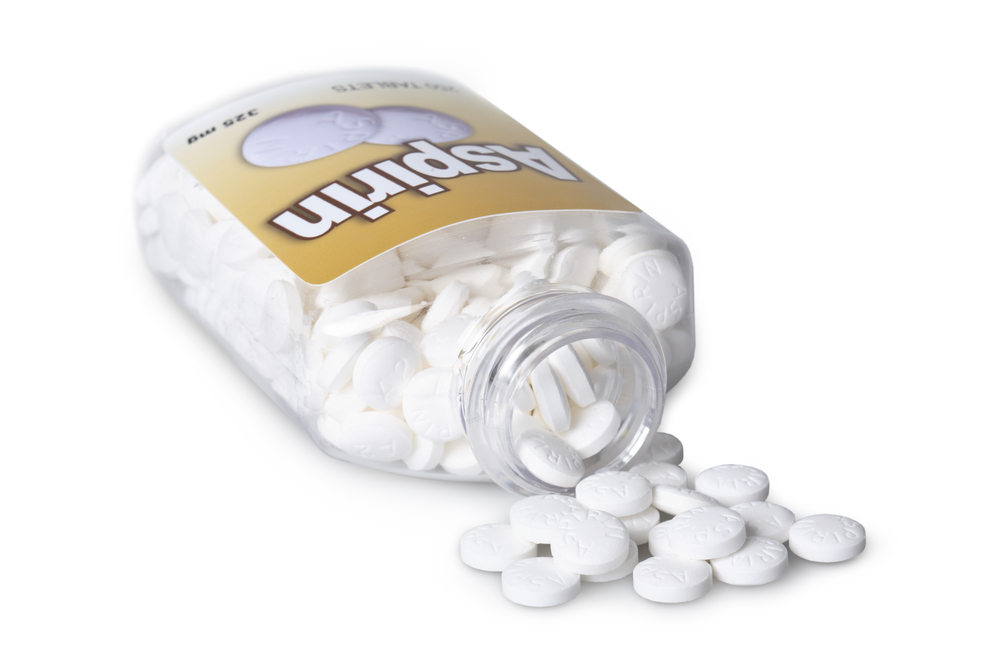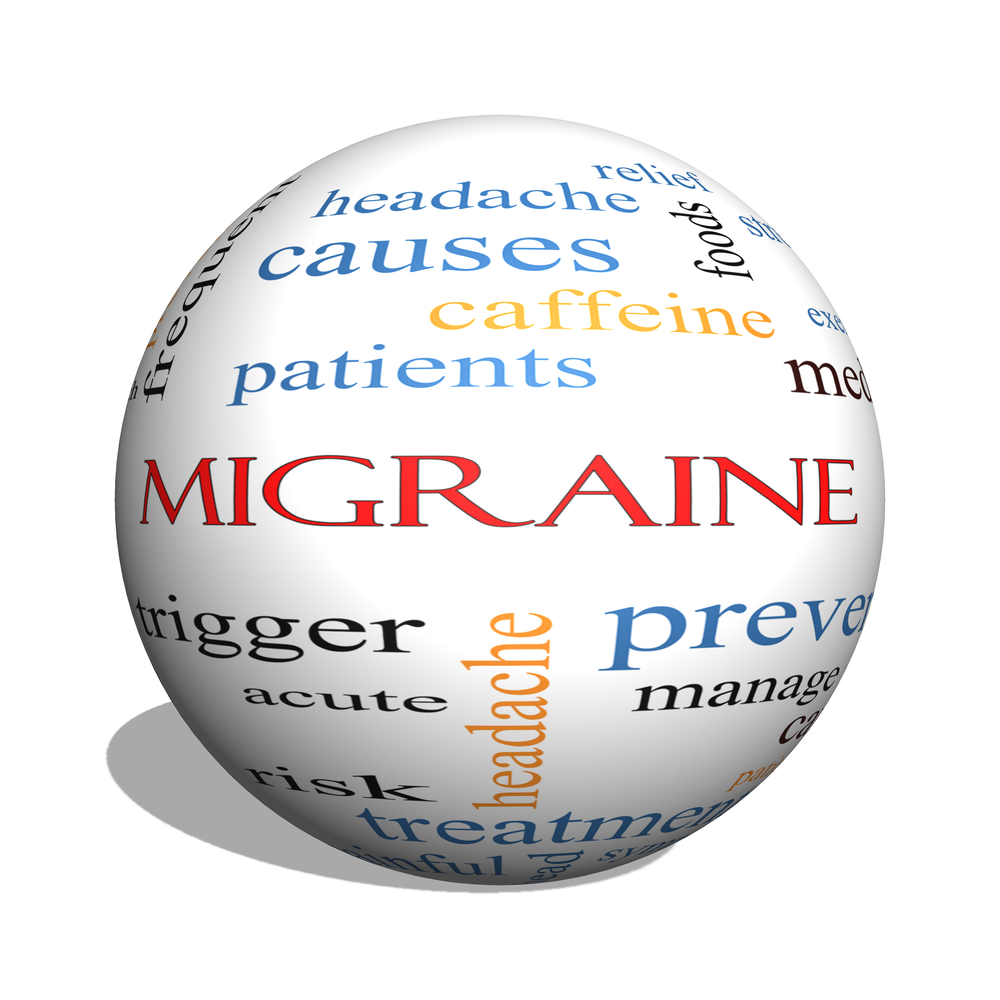A migraine is a neurological disorder that causes severe headaches, often accompanied by different symptoms. Migraines can be triggered by various factors, including hormonal changes, sleep disturbance, stress, environmental factors (i.e., sound, light, weather, etc.), certain types of food and drinks, and genetics.
If you experience frequent or severe migraines, consult a doctor for proper diagnosis and treatment. He will suggest the best meds for migraines. Some commonly prescribed medicine for migraines may include Rizact 5mg, Sibelium 10mg, Suminat 100 mg, Rizact 10 mg, and more. The dosage and severity of the condition vary from patient to patient. Following a correct regimen is important to prevent migraine triggers or attacks. Follow the treatment and medicines your doctor prescribes to experience the best results.
Migraine disease symptoms include:
-
- Severe migraine headache: A throbbing or pulsating pain on one side of the head lasts 4 to 72 hours.
- Sensitivity to light and sound: Increased sensitivity to light, sound, and sometimes even touch or smell.
- Aura: Some people experience an aura, which is a group of neurological symptoms that occur before the headache, such as:
-
-
- Flashing lights or zigzag patterns
- Numbness or tingling sensations
- Difficulty speaking or finding words
- Muscle weakness
-
-
- Other symptoms:
-
-
- Nausea and vomiting
- Dizziness or vertigo
- Fatigue
- Mood changes (e.g., irritability, anxiety)
-
Migraines can be classified severally, including:
-
- Migraine without aura (most common)
- Migraine with aura (about 20-30% of cases) – Aura affects sight, like blind spots or seeing flashing lights.
- Silent migraine (aura symptoms without headache)
- Abdominal migraine (stomach pain instead of headache)
- Chronic migraine (frequent or continuous migraines)
- Retinal or Ocular migraine – Causes visual disturbance, affecting one eye and headache. The visual issue is temporary; its trigger can be managed with lifestyle changes and proper medication.
Exercise for migraine
Certain lifestyle changes can prevent or control many health issues, including migraines. Research suggests that exercising at certain times of the day may be more beneficial for migraine prevention. This page will help you understand the best time to exercise for migraine headaches. You can consult your doctor or trainer before opting for the right time, as it can vary from patient to patient.
Here are some guidelines:
Best time to exercise:
-
- Morning: Morning exercise can help regulate circadian rhythms and reduce migraine frequency. Morning exercise can also improve your mood and energy levels throughout the day.
- Afternoon: Exercising in the afternoon can help reduce stress and anxiety that may accumulate throughout the day, which can trigger migraines.
Times to avoid:
-
- Close to bedtime: Avoid vigorous exercise within a few hours of bedtime, as it can disrupt sleep patterns and trigger migraines.
- During peak heat: Avoid exercising during the hottest part of the day (usually between 11 am and 3 pm) to minimize heat-induced migraine triggers.
- When hungry or dehydrated: Exercise on a full stomach and stay hydrated to prevent low blood sugar and dehydration (the common causes of migraine triggers).
Best exercises for migraine
Exercise can help reduce migraine frequency and severity. Here are some of the best exercises for migraine one can consider:
-
- Yoga: Right breathing techniques, gentle stretches, and poses can help relax and reduce stress.
- Brisk walking: Regular walking can improve mood and reduce migraine frequency. A brisk walk benefits overall health, but if you have high blood sugar or any other critical disease, go for normal walking.
- Swimming: A low-impact exercise that can help relax and reduce stress.
- Cycling: Cycling is an aerobic activity that ensures your heart, lungs, and blood vessels get a workout. Regular cycling improves your cardiovascular health and fitness.
- Pilates: This exercise helps boost core strength, improve posture, and reduce tension.
- Stretching: Regular gentle stretching can help relax tense muscles.
- Aerobic exercise: This exercise can help reduce migraine frequency and severity.
- Mind-body exercises: Tai chi, qigong (an ancient Chinese practice involving deep breathing, slow and flowing movements, meditation, flexibility, and mental clarity)
- Neck and shoulder exercises: Gentle exercises can help relax tense muscles and improve posture.
- Low-impact aerobics: Dancing, step aerobics, or other low-impact aerobics can help improve cardiovascular health without exacerbating migraines.
Additional tips:
-
- Start slowly: Gradually increase exercise intensity and duration to avoid triggering migraines.
- Choose low-impact activities: Opt for low-impact exercises like yoga, cycling, or swimming, which may be less likely to trigger migraines than high-impact activities.
- Stay consistent: Regular exercise can help reduce migraine frequency and severity.
- Consult your doctor before starting any new exercise program
- Avoid overexertion, which can trigger migraines
- Stay hydrated and listen to your body
- Consider keeping a headache diary to track exercise and migraine patterns
Exercise can be a valuable addition to your migraine management plan. However, working with your healthcare provider to find the best approach for your needs is essential because everyone’s body is different. Find out the best exercise and schedule for your migraine prevention needs today.




